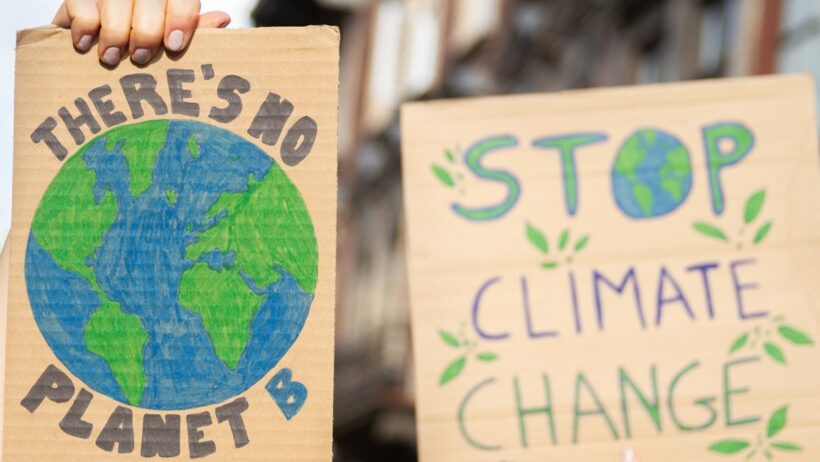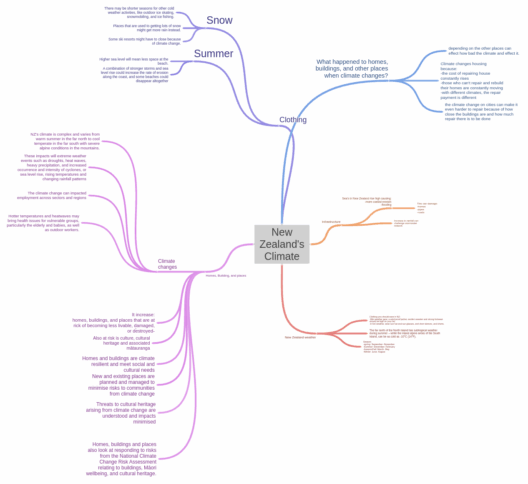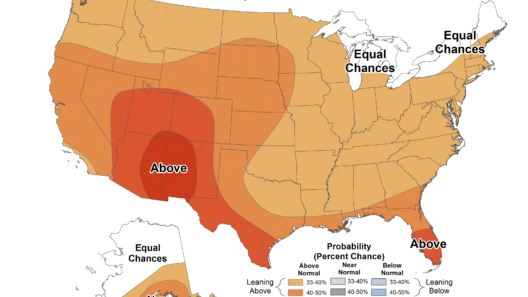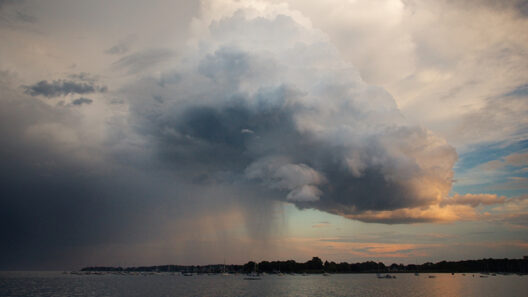As we stand on the precipice of an irrevocable changing climate, the question reverberates through the hallways of policy-making: What are we doing to stop climate change—and is it enough? This intricate web of environmental degradation extends far beyond mere temperature fluctuations; it encapsulates the very fabric of our existence, binding us to the delicate ecosystems that sustain life on Earth. The collective consciousness has ignited, sparking myriad initiatives aimed at mitigating the ominous specter of climate change, but does the urgency match the scale of the challenge?
To understand the vigor of our response, we must dissect the multi-faceted layers of climate action. The landscape of solutions can be envisioned as a vast tapestry, woven from efforts in renewable energy, conservation, technological innovation, and grassroots activism. Each thread represents a commitment to shifting the trajectory of climate degradation, yet the question persists: Is the fabric resilient enough to withstand the relentless erosive forces of anthropogenic emissions?
One of the most powerful tools at our disposal is the inexhaustible potential of renewable energy sources. Solar, wind, and hydroelectric power are like golden threads in the tapestry of sustainable economies, illuminating our path away from the dark confines of fossil fuel dependency. Solar panels glimmer beneath the sun’s embrace, harnessing rays that once warmed the Earth to electrify homes and industries without spewing harmful emissions into the atmosphere. Wind turbines rise majestically, their blades slicing through the air like modern-day windmills, generating a clean power revolution. Yet, while strides have been made—solar capacity increasing dramatically and wind farms proliferating—questions remain: Are we scaling these innovations quickly enough? Are we synchronizing them with a paradigm shift in consumption patterns?
Consider conservation strategies, which serve as the protective cloak enveloping our natural landscapes. These initiatives aim to enhance biodiversity and restore ecosystems, akin to mending an ornate quilt that has frayed from years of neglect. For instance, reforestation efforts, akin to planting seeds of renewal, bolster carbon sequestration capabilities and restore habitats for countless species. Marine conservation campaigns, too, strive to safeguard the oceans, those vast blue expanses that regulate climate and harbor aquatic flora and fauna. However, the geographic and political divides often hamper comprehensive conservation strategies. The intricate dance between human development and ecological preservation can feel Sisyphean, as every step forward is often countered by a step sideways—or even backward.
Technological innovation stands as another formidable fortress in the fight against climate change. Instead of mere superficial patches, we are witnessing profound transformations in energy efficiency, carbon capture, and sustainable agriculture. The ascension of electric vehicles signifies not just a change in consumer preference but a broader shift toward minimizing our carbon footprints. Innovations like vertical farming emerge as futuristic farming methods, yielding more crops in less space while conserving water and reducing transportation emissions. Each breakthrough, however, is accompanied by the gnawing question of accessibility—how can these technologies be made equitable for all communities, especially those historically marginalized and disproportionately affected by climate change?
Furthermore, grassroots activism acts as the passionate heartbeat of the climate movement, driving public discourse and influencing policy changes. The voices rising in protest echo the urgency felt across generations. Social movements such as Fridays for Future, inspired by the bravado of youth climate advocates, resonate deeply, stirring consciousness and demanding accountability from leaders. Yet, despite their fervor, the challenge remains: can these movements sustain momentum in a world where information is abundant yet often diluted? The cacophony of voices advocating for reform can sometimes be drowned out by the roar of industrial interests and political intransigence.
In the realm of policy-making, international agreements like the Paris Accord represent collective aspirations towards a greener future. However, the effectiveness of these pacts often hangs in the balance, swayed by the political will of nations and the underlying complexities of economic interests. As countries submit their Nationally Determined Contributions (NDCs), the real measure of success lies not just in commitments made but in actions taken. Are nations genuinely mobilizing resources to achieve these ambitious targets, or are they merely gilding the lily to appease the global audience?
Ultimately, reflecting upon our collective progress requires a critical lens. The myriad initiatives undertaken, from local community projects to international collaborations, showcase human ingenuity. Still, a sobering reality remains: the cumulative impact of our efforts thus far has not sufficiently curbed emissions to meet the critical thresholds needed for global temperature stabilization. The forecasts project a continuation of catastrophic weather events and ecological disruptions, urging a response that is not just robust but radical in its reimagination of our societal constructs.
In conclusion, the metaphor of our fight against climate change is akin to a symphony, where varied instruments must harmonize to create a resonant melody for a sustainable future. Each initiative, whether technological, policy-driven, or driven by grassroots movements, constitutes a note in that composition. Yet, if the tempo of our response does not quicken to match the accelerating rhythms of climatic deterioration, the symphony may falter, leaving us to reckon with the dissonance of inaction. To halt climate change, one must not only envision but also enact, not only engage but also evolve. Only then can we hope that our collective efforts will intertwine to compose a narrative of resilience and restore the harmony of our planet.








